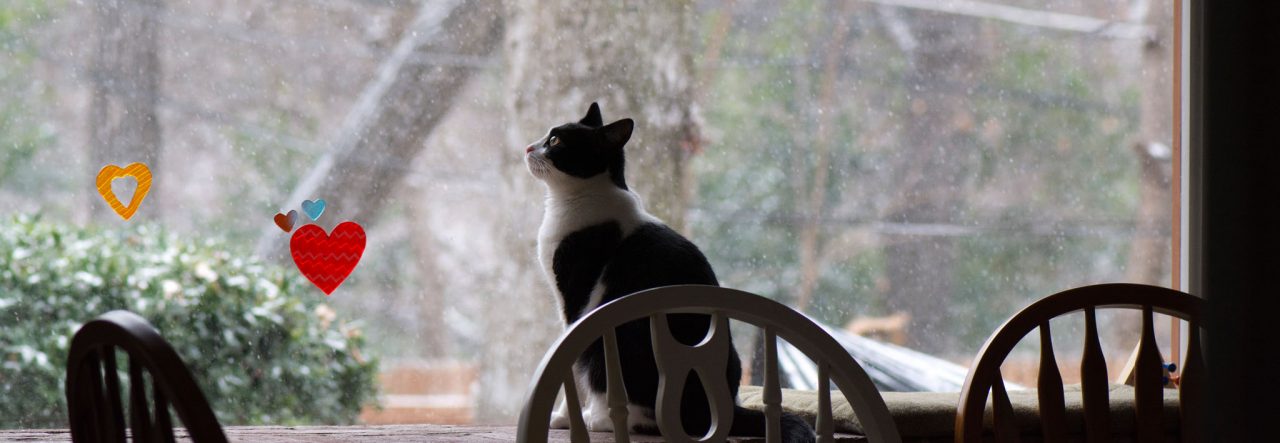My mom gave me a small moonflower when I first starting gardening. I planted it – super afraid it would DIE.
But it didn’t.
Then, I moved and they moved with me. Another small plant was lovingly planted in hopes of continuing the moonflower legacy my mom had started.
And they did. Big bright white blooms on a warm summer night.
They smell of summer fun and lightning bugs.
When the moon is full, they reflect the moonlight from their upward stance.
They remind me of tradition, and majesty.
Their glorious blooms only last one night. Then, they point straight down and go to sleep forever.
When I moved the second time, my moonflowers did not go with me.
So many things, I left behind in that move.
Things that still tug my heart to this day, but I had to accept they were just “things”. I could live without them, because I had to. And so it was with my moonflowers.
A few months after I met Jason, I decided to plant his garden beds. His home offered beautiful stone trimmed beds that just begged for life and color.
I went to Calloway’s to shop. I pushed my cart through the aisles, glancing at each table for what I wanted, and that’s when I spotted it. It stood by itself on a large table. The leaf size, shape, and color were burned into my memory. I knew exactly what it was, even though it bore no name, or tag. It was just a stem and some leaves in a little quarter gallon pot.
Of course, I bought it. I knew it was meant for me.
I planted it. It grew. It bloomed. It was my moonflower – exactly like the ones from my past.
Since the year I put it in the ground, it has returned in the form of its offspring. The first year, they grew in the flower bed (good job!). But the next year (this one), they were a little more unruly.
I had about five plants come up in the YARD, not one in the flower bed.
Only one survived the mower long enough to be staked off as sacred and produce blooms.
I let it grow as big as it wanted. In the grass, and on a slope.
My one beautiful wild child bloomed all summer. I watched it from the dining room bay window. Proud, and perplexed at where it chose to live. This year it had more blooms than ever before.
She bloomed her last of the season two weeks ago. I grabbed my tripod, and my camera as soon as it was light outside. I set-up and captured these before the blooms closed for good.
I love the moon and I love flowers. Together, they are a magical blend of luminous luster. In a way, they are paired as partners in delicate harmony.
“The moon, like a flower
In heaven’s high bower,
With silent delight
Sits and smiles on the night.”William Blake quotes (English visionary Mystic, Poet, Painter and Engraver. 1757-1827)





Beautiful post with beautiful pictures! My Hibiscus tree does this. I get to enjoy the bloom for one day and then that bloom goes to sleep for forever. I get really sad when the grasshoppers find the buds and chew through them because that means one less flower.
LikeLike
I love hibiscus too. I have photos of the ones in California that are just gorgeous. The blooms don’t get that big here.
LikeLike
They look really magical!
LikeLike
Anything that blooms in the moonlight has to be. 🙂
LikeLike
And if you get snow they’ll blend right in!
LikeLike
We never get snow! 😦 (every year in which I say we get no snow, it snows) I say again, “I would love that, but it never snows here.”
LikeLike
Wonderful pics! I like the Blake quote, too. He’s one of the few poets that I enjoy reading.
LikeLike
He has a wonderful flow. 🙂
LikeLike
This is beautiful. Thank you for stopping by yesterday!
LikeLike
What a beautiful flower and post!
LikeLike
This was just beautiful.
Oh, and I just realized that I owe you an apology. If misspelled your name not once, but a handful of times in response to your comments. I have no excuse except to say that I’m a jackass. I’m sorry!
LikeLike
I love that it bloomed all summer for you. What a beautiful post of a recreation of a memory.
LikeLike
I’ve awarded you for your utter awesomeness (and for the chance that you might repay me with cookies). Just clickety-click to collect your goodies.
You realize, of course, that by ‘goodies,’ I mean a pic that you totally could have swiped anyway and not felt any obligation to meet the demands that come with being an award winner, right? Yeah, I thought so.
LikeLike
Such a great post, you are a beautiful writer – and photographer!
LikeLike
Beautiful words and a beautiful flower! I’m so glad you found the one meant for you. Everything happens for a reason, right?
LikeLike
Gorgeous photography and words. I love it, love it, love it. I also love moon flowers. What a great connection to them you have.
LikeLike
Yay! I am glad they bloomed for you! I love the shots. So precious with the dew on them.
LikeLike
Beautiful story, beautiful flowers ❤
LikeLike
Angela: The plants you described–and wrote with so much charm about–are not moonflowers but the nocturnal flowers of a beautiful, but deadly plant, known as the datura. It’s a pan tropic weed that contains the poison scopolamine–quite an awesome poison. Quite properly, moonflowers are nocturnal morning glories and known as Ipomoea alba, and are not poisonous. True moonflowers are easily identified because when fully open the round circle of the flower has a five-pointed star of the palest green easily seen and a fine identification point.
LikeLike